Unveiling the Secrets of Samoan Panipopo Bread
37 min read Discover panipopo’s origins, tender coconut-milk dough, and silky sauce, with tips for proofing, baking, and serving this beloved Samoan sweet bread at home. October 06, 2025 00:07
The first time I pulled a pan of panipopo from the oven, the kitchen smelled like a shoreline at dusk: sweet, warm, and a little salty, as if the breeze had been caught in the folds of a crust and baked until it gleamed. The buns trembled slightly as I nudged the pan—pillowy rounds lacquered with coconut milk, their edges caramelized to a butterscotch ripple where the sauce had reduced and gathered. I tore one open. Steam rose with a scent that is both primal and comforting—ripe coconut, vanilla, and the faint butteriness of an enriched dough. The crumb was an embrace: feather-soft, rich without being heavy. And then the revelation—the shallow pool at the bottom of the dish, an ivory lagoon of sweet coconut milk, ready to spoon over the torn bread like a blessing.
Panipopo is much more than a recipe. It’s a story told across kitchen tables in Samoa and the diaspora—from Apia to Auckland, Honolulu to San Diego—where sweet rolls meet coconut in a union that feels inevitable the first time you taste it. To unveil its secrets is to talk about coconut trees and wheat sacks, family and feasts, patience and yeast. It is to listen to the hum of a Sunday kitchen, to watch a hand pour coconut milk over risen buns with the same care used to dip a ladle into a ceremonial kava bowl. This is bread that remembers where it came from.
What Makes Panipopo Sing: A Sensory Portrait
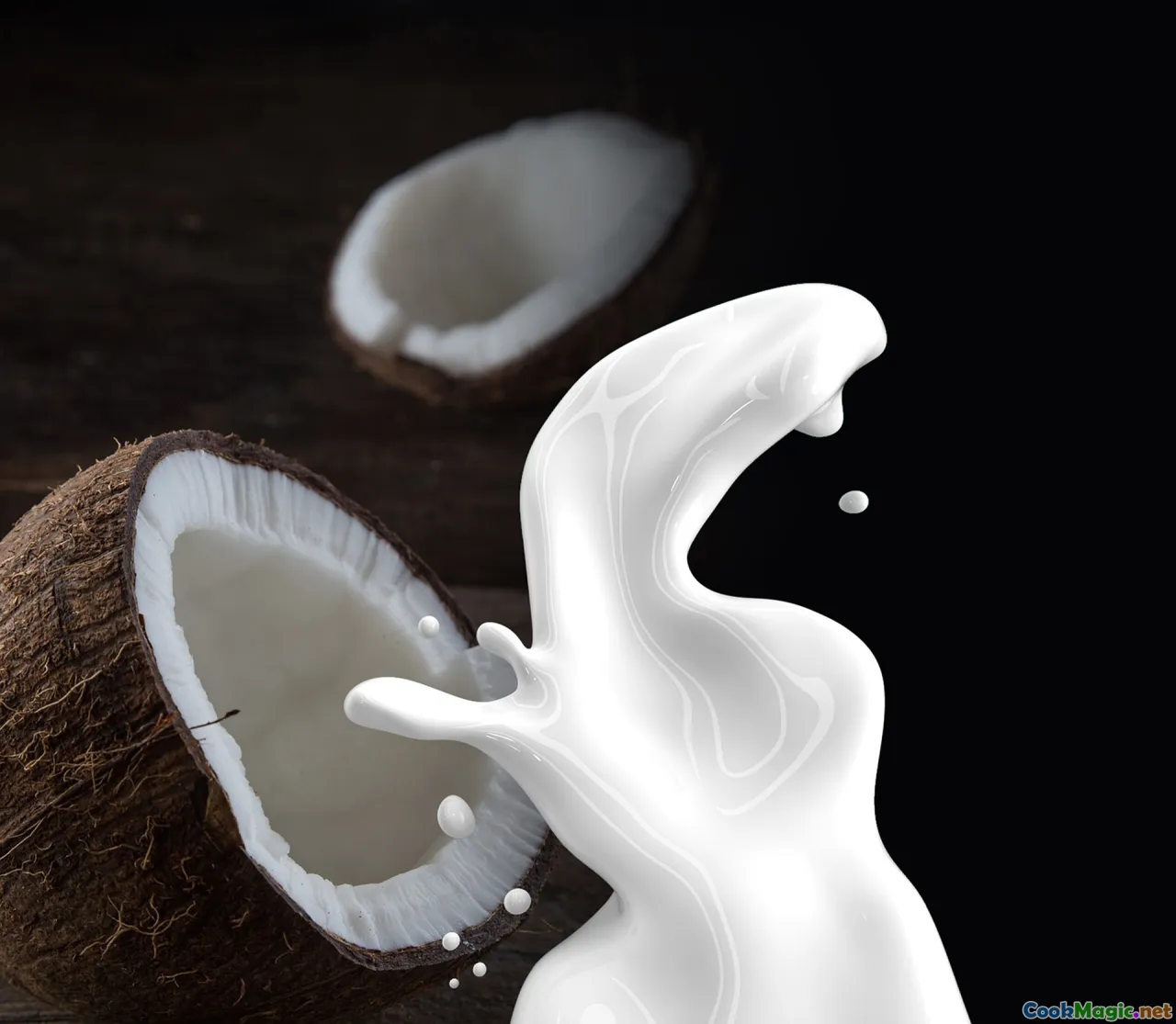
Break into a panipopo while it’s still warm, and you’ll learn its language quickly. The top is satin-smooth, brushed with coconut milk that bakes into a glossy film. Beneath your fingertips, the surface resists just a moment before yielding, like the membrane on a custard that promises softness below.
As you tear, the roll opens in ribbons of delicate crumb—fine and stretchy, like a curtain drawn to the side. There’s the sigh of steam, and the scent of coconut lands gently: creamy, round, slightly floral. Not the bright green coconut of a beachside drink, but the mature, heady fragrance of the popo—the brown, fully ripened fruit whose milk is the beating heart of the Pacific kitchen.
Taste begins with buttered sweetness—a nod to European-style enriched breads—and then the coconut surges through like sunlight. The sauce at the bottom is the secret chorus: it’s thin enough to soak into the bread’s edges, thick enough to pool on your plate, balanced to keep you from sliding into cloying territory. Often, the corners of the pan, where sugar and coconut milk flirt with higher heat, develop a mahogany glaze that tastes like toasted marshmallow and caramelized crema. This edge is the bite you go back for, the part that disappears while the cook pretends not to notice.
A Brief History Woven Through Copra and Kitchen Tables

Bread is not native to Samoa in the wheat-flour sense. Long before sacks of flour arrived on ships in the 19th century, Samoa’s starches were taro, breadfruit, and green bananas—roasted in earth ovens (umu) and dipped into coconut preparations. Coconut trees formed the pantry: meat grated by hand, milk expressed by squeezing fresh shreds through cloth, cream simmered with taro leaves. When missionaries and traders brought flour, sugar, and leavened baking to the islands, a hybrid cuisine emerged, folding new ingredients into ancient rhythms.
Enter panipopo, literally a coconut bun by name and spirit. The buns are European in structure—yeasted, enriched, rolled and set shoulder-to-shoulder in a pan—but they are baptized in coconut milk, a method that clearly belongs to the islands. In that sense, panipopo captures a moment in Samoan history: the convergence of global trade (wheat) and rooted abundance (coconut) made domestic and celebratory.
You can trace the outline in places like the Fugalei Market in Apia, where trays of warm buns might sit beside bundles of taro leaves and papayas, or in family kitchens on Sundays for the to'ona'i—a midday meal after church when tables sag under platters of sapasui (Samoan-style chop suey), roast pork, fresh oka (coconut-lime marinated fish), and, if you are lucky, a glistening pan of panipopo. In the diaspora—from South Auckland to Kalihi in Honolulu—bakeries layer those same flavors with regional flourishes. I’ve seen panipopo in a Honolulu strip-mall bakery offered alongside malasadas; in Auckland, tucked between pork buns and lamingtons, the coconut sauce sometimes perfumed with vanilla or a blade of pandan.
It’s worth noting that the idea of a bread baked in coconut milk courses through the Pacific. Fijian lolo buns share a kinship with panipopo; their buns soak in lolo (coconut milk) rather than a thicker sweet sauce. Tongan households make sweet coconut buns too, and in the broader Polynesian and Micronesian worlds, coconut is the common thread—a mother ingredient that shapes sweets and savories alike. Historically, copra (dried coconut) was an export economy; spiritually and culinarily, coconut is home.
The Anatomy of the Dough: Softness by Design (How-To)

Panipopo’s soul is coconut, but its body is a supple sweet roll dough. You’re aiming for a dough with enough structure to rise in billowy domes, but tender enough to drink in sauce without collapsing. That means balancing protein, fat, and hydration.
A classic formula looks like this (yields 12 generous buns):
- Bread flour: 400 g (about 3 1/4 cups), plus more for dusting
- Granulated sugar: 60 g (1/3 cup)
- Instant yeast: 7 g (2 1/4 tsp)
- Fine salt: 7 g (1 1/4 tsp)
- Warm coconut milk (full-fat, well-shaken): 220 g (about 3/4 cup + 2 tbsp), at about 38°C/100°F
- Egg: 1 large (50 g)
- Unsalted butter or refined coconut oil, softened: 60 g (4 tbsp)
Why these choices:
- Bread flour’s higher protein (11–13%) builds structure without toughness. All-purpose works too, but you may need slightly less liquid.
- A modest amount of sugar sweetens the dough but leaves room for the coconut sauce to star.
- An egg enriches and adds color; fat from butter or coconut oil tenderizes the crumb.
- Warm coconut milk supports yeast activity and layers coconut flavor throughout.
Method overview:
-
Combine dry ingredients. In a large bowl or the bowl of a stand mixer, whisk together flour, sugar, yeast, and salt. Keep salt away from direct contact with the yeast at first.
-
Add liquids. Whisk the egg into the warm coconut milk. With the mixer on low (or with a stiff spatula), stream the coconut milk mixture into the dry ingredients until a shaggy dough forms.
-
Knead and enrich. Knead on medium speed (or by hand) for 3–4 minutes, then add the softened butter or coconut oil in two additions, kneading well after each until the fat is fully incorporated. Continue kneading another 5–7 minutes until the dough is silky and elastic. It should clear the sides of the bowl but cling to the bottom slightly. Aim for a soft, tacky dough—not sticky like glue, but sticky like a Post-it.
-
First proof. Shape the dough into a ball, place it in a lightly oiled bowl, and cover. Let it rise until doubled in volume: 60–90 minutes at room temperature, or longer if your kitchen is cool.
-
Shape. Turn the dough out onto a lightly floured surface. Divide into 12 equal pieces (about 60–65 g each). Tuck and roll each piece into a tight ball, using a cupped hand on an unfloured patch of counter to create tension for a smooth top.
-
Pan. Arrange the balls in a greased 9x13-inch (23x33 cm) baking dish, 3 by 4, with a little room between them. Cover and let proof until puffy and nearly touching, 35–50 minutes depending on temperature.
The key sensations on the baker’s side: the dough should feel satiny and alive, slightly cool from the coconut milk but warming as the gluten develops. During proofing, the buns should inflate like tiny pillows, each pressing into the other with a friendly nudge.
Coconut Milk, Cream, and the Sweet Lagoon: Sauce Science

The coconut sauce is where a panipopo transforms from a good sweet roll to its true, island-self. A classic Samoan preparation is delightfully simple: coconut milk sweetened with sugar and poured over the risen rolls just before baking. As the buns bake, they absorb some of the liquid; the rest thickens slightly, becoming a pourable sauce for serving.
Here’s a baseline sauce that respects coconut first:
- Full-fat coconut milk: 600 g (about 2 1/2 cups)
- Granulated sugar: 100–140 g (1/2–2/3 cup), to taste
- Pinch of salt (about 1/8 tsp)
- Optional aromatics: 1 tsp vanilla extract; or a small knot of pandan leaf simmered briefly and removed; or a few strips of lime zest for fragrance
Stir the coconut milk well to incorporate any separated cream. Warm it gently with sugar and salt just until the sugar dissolves; do not boil. Add vanilla off heat if using. Taste: you should sense sweetness akin to lightly sweetened condensed milk, but thinner. If you crave more body, whisk in 1–2 tsp of cornstarch while cold before warming, but many traditional versions skip this and let time and heat do the thickening.
On choices:
- Coconut milk vs coconut cream: Coconut cream will be thicker and more intense; you can blend 2 parts coconut milk to 1 part coconut cream for a lush sauce that still soaks well.
- Sweetness: Remember the buns also carry sugar; the sauce’s sugar should sing, not shout. I often stop at 120 g.
- Aromatics: Vanilla is common in diaspora kitchens and bakery versions. Pandan—more associated with Southeast Asia—appears in panipopo variations in multicultural communities; its green, almondy perfume is transportive. Lime zest adds a Pacific brightness that honors the citrus trees dotting Samoan yards.
Pouf, pour, and bake: once the buns are proofed, pour the sauce evenly over and around them. It should reach halfway up the sides of the dough balls. Reserve the rest to spoon on mid-bake if needed or to serve.
My First Panipopo in Apia (Storytelling)

My first panipopo wasn’t baked in my kitchen; it was served to me at a family table in Apia on a Sunday so hot that the ceiling fan seemed to move time rather than air. We’d gone to the market that morning—the Fugalei Market—and bought a sack of flour that left a fine powder on our fingers, like chalk from some earlier lesson, and coconuts whose slosh you could hear if you shook them near your ear.
Back at the house, a great-aunt showed me how she grated coconut on a low wooden stool fitted with a serrated metal disk. She sat with a dancer’s posture, holding the halved coconut at a perfect angle, pulling back shreds of snowy meat into a bowl lined with a clean cloth. Later, she twisted that cloth with practiced strength, and the milk ran through her knuckles in a thin stream like silk. No measuring cups, just memory.
The dough rose while everyone changed from church clothes into soft cottons. Kids drifted in and out of the kitchen, enticed by the sweet perfume of yeast and coconut. The buns were shaped quickly—she didn’t fuss, just firm, sure motions—and set into an enamel pan. The coconut milk, sweetened and warm, was poured over the dough. I’ll never forget that moment: the hush as liquid met dough, the way the buns bobbed and settled as if taking small breaths.
When the pan came out, the tops glossed, my aunt pressed my hand to the pan’s edge to feel the heat. She handed me a spoon to scoop sauce from the corners over my slice. Panipopo was eaten that day alongside sapasui, sliced corned beef, and a platter of banana fritters dusted with sugar. It belonged there, just as much as the conversation and laughter that continued for hours. When I think of panipopo now, I hear that laughter.
Step-by-Step: Panipopo You Can Bake Today

Ingredients
For the dough:
- 400 g bread flour (3 1/4 cups)
- 60 g sugar (1/3 cup)
- 7 g instant yeast (2 1/4 tsp)
- 7 g fine salt (1 1/4 tsp)
- 220 g warm full-fat coconut milk, 38°C/100°F (about 3/4 cup + 2 tbsp)
- 1 large egg
- 60 g unsalted butter or refined coconut oil, softened (4 tbsp)
For the sauce:
- 600 g full-fat coconut milk (2 1/2 cups)
- 120 g sugar (1/2 cup + 1 tbsp), adjust to taste
- Pinch of fine salt
- 1 tsp vanilla extract (optional)
- Optional: 1 pandan leaf, knotted; or 2 strips lime zest
Directions
-
Mix dough: Whisk flour, sugar, yeast, and salt together. Whisk egg into warm coconut milk. Add liquids to dry ingredients, mix to combine. Knead 3–4 minutes, then add softened butter/coconut oil. Knead 5–7 minutes more until elastic and smooth.
-
First rise: Transfer to a lightly oiled bowl, cover, and let rise to double volume, 60–90 minutes.
-
Prepare sauce: In a saucepan, combine coconut milk, sugar, and salt. Warm gently to dissolve sugar. Add vanilla off heat. If using pandan or lime zest, simmer in the milk for 5 minutes, then remove.
-
Shape: Turn dough onto the counter. Divide into 12 pieces (60–65 g each). Round each into a tight ball. Place in a greased 9x13-inch dish in 3 rows of 4.
-
Proof: Cover and proof until puffy and nearly touching, 35–50 minutes.
-
Oven: Preheat to 175°C/350°F. Pour about two-thirds of the sauce evenly over and around buns, reaching halfway up their sides.
-
Bake: Bake 25–30 minutes, until tops are golden and the sauce is bubbling and slightly thickened at the edges. If the tops brown too quickly, tent loosely with foil.
-
Finish: Spoon reserved sauce over the buns as they cool, or serve it at the table for ladling. Let rest 10 minutes before serving so the crumb can set and soak.
Optional garnish: Scatter toasted coconut flakes or a whisper of flaky sea salt over the buns as they cool. A few flecks of grated lime zest can be magical.
Serving note: Warm is best. Refrigerate leftovers and re-warm gently, covered, at 150°C/300°F for 10–12 minutes, or microwave individual rolls with a spoonful of sauce.
Troubleshooting: Climate, Flour, and Fermentation

-
Dough too sticky: Resist the urge to add lots of flour. A soft dough yields tender buns. Lightly oil your hands and counter for shaping. If the dough pools like batter, you’ve gone too wet; add a tablespoon of flour at a time during kneading until it becomes tacky, not gummy.
-
Dense buns: Your yeast may be old, or your dough under-proofed. Check that your yeast foams in warm liquid if using active dry. Look for a gentle finger dent that springs back slowly, not immediately.
-
Dry buns: Overbaking dries the crumb. Pull them when the internal temp is around 90–93°C/194–200°F or when the tops are golden and the sauce bubbles. Also ensure enough sauce in the pan; it should reach halfway up the buns.
-
Sauce separated or curdled: Avoid boiling coconut milk hard. Gentle heat, and pour at room temp over proofed dough. Choose full-fat coconut milk for more stability; some brands with stabilizers hold better in the oven.
-
Cold climate proofing: In winter, use your oven with the light on, or proof near a warm appliance. A bowl of hot water in the turned-off oven creates a tropical microclimate. Expect longer rise times.
-
Flour swaps: All-purpose flour works; reduce coconut milk in the dough by 1–2 tbsp to compensate for lower protein. Whole wheat is not typical here but you can substitute up to 20% for a nuttier flavor; add a splash more coconut milk to keep the dough soft.
Variations Across the Pacific: Comparing Coconut Buns
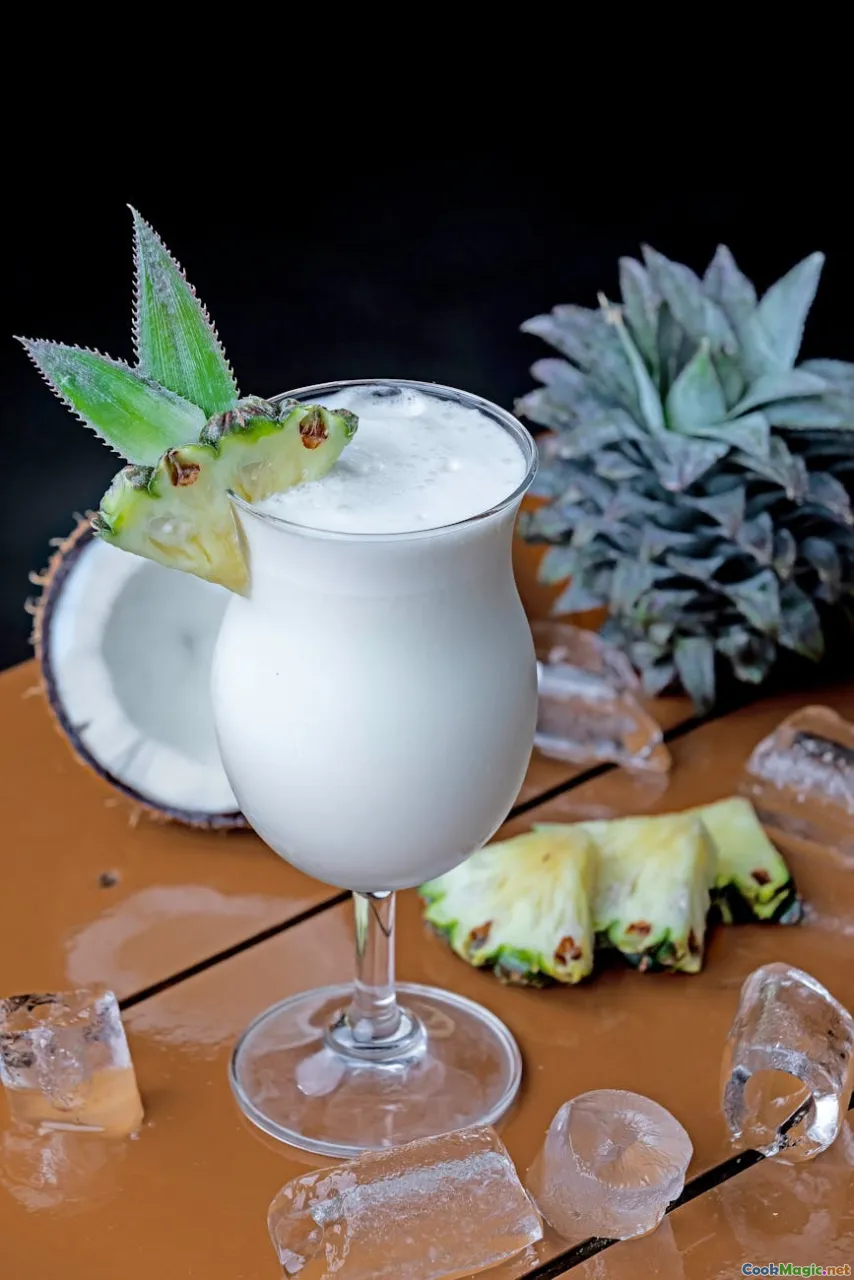
-
Samoan panipopo: Rolls baked in sweetened coconut milk, sauce pooling in the pan. Dough often simple and butter-enriched; some bakers add coconut milk directly to the dough.
-
Fijian lolo buns: Similar concept but often less sweet. The buns sit and steam-bake in savory or lightly salted coconut milk (lolo), served at breakfast or with curries. The effect is more bread-in-broth than dessert.
-
Tongan coconut rolls: Family resemblance to panipopo, often with a slightly firmer roll and coconut glaze on top. Sweetness varies by household.
-
Hawaiian-style panipopo: Common in local bakeries, sometimes infused with vanilla or browned coconut on top; the buns can be a touch sweeter, nodding to the local love for Portuguese-style sweet breads.
-
Filipino pan de coco: Not baked in coconut milk but filled with sweetened coconut threads (bukayo). The coconut is inside, caramel-like and toasty.
-
Hong Kong cocktail bun (gai mei bao): A distant cousin—brioche buns stuffed with sugar-coconut paste, topped with a signature crisscross. The coconut flavor is concentrated and buttery.
The point isn’t to declare a winner, but to see how coconut maps its way through dough. Panipopo stands apart by letting coconut be the environment, not just the accent.
Pantry and Place: Where to Find Ingredients in Samoa and Abroad
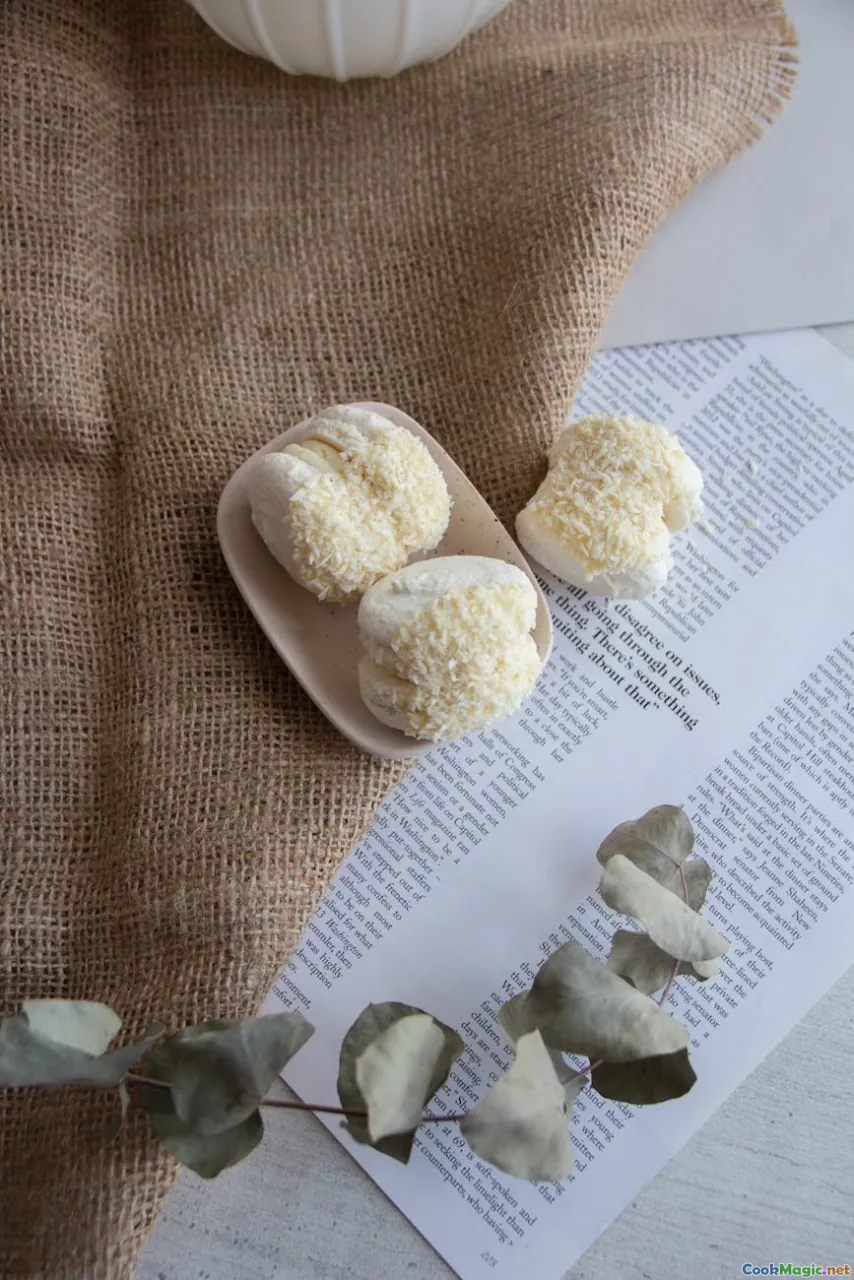
In Samoa, coconut is a tree away, but many home cooks also keep canned coconut milk for convenience. In Apia, you’ll find good brands at Frankie's and Farmer Joe supermarkets, and fresh produce for grating at the Fugalei Market. A good local coconut is heavy for its size; when shaken, it sloshes generously.
In American Samoa, larger stores like Cost-U-Less often carry bulk coconut milk and flour. In Auckland, South Auckland markets—like the Ōtara Market on Saturdays—offer fresh coconuts, pandan leaves, and every flour you might want. In Honolulu, Don Quijote and various neighborhood Asian and Pacific markets in Kalihi stock multiple brands of coconut milk and cream; look for cans where cream and water haven’t separated into hard layers or chalky clumps.
Abroad, seek full-fat coconut milk with minimal additives. Brands vary; some taste more like coconut and less like vanilla-scented lactose. Shake the can; if it rattles, it’s likely on the thinner side. For panipopo, that’s fine as long as the flavor is robust. Keep a backup can—this is not the place to skimp on coconut.
Flavor Boosters and Finishing Touches
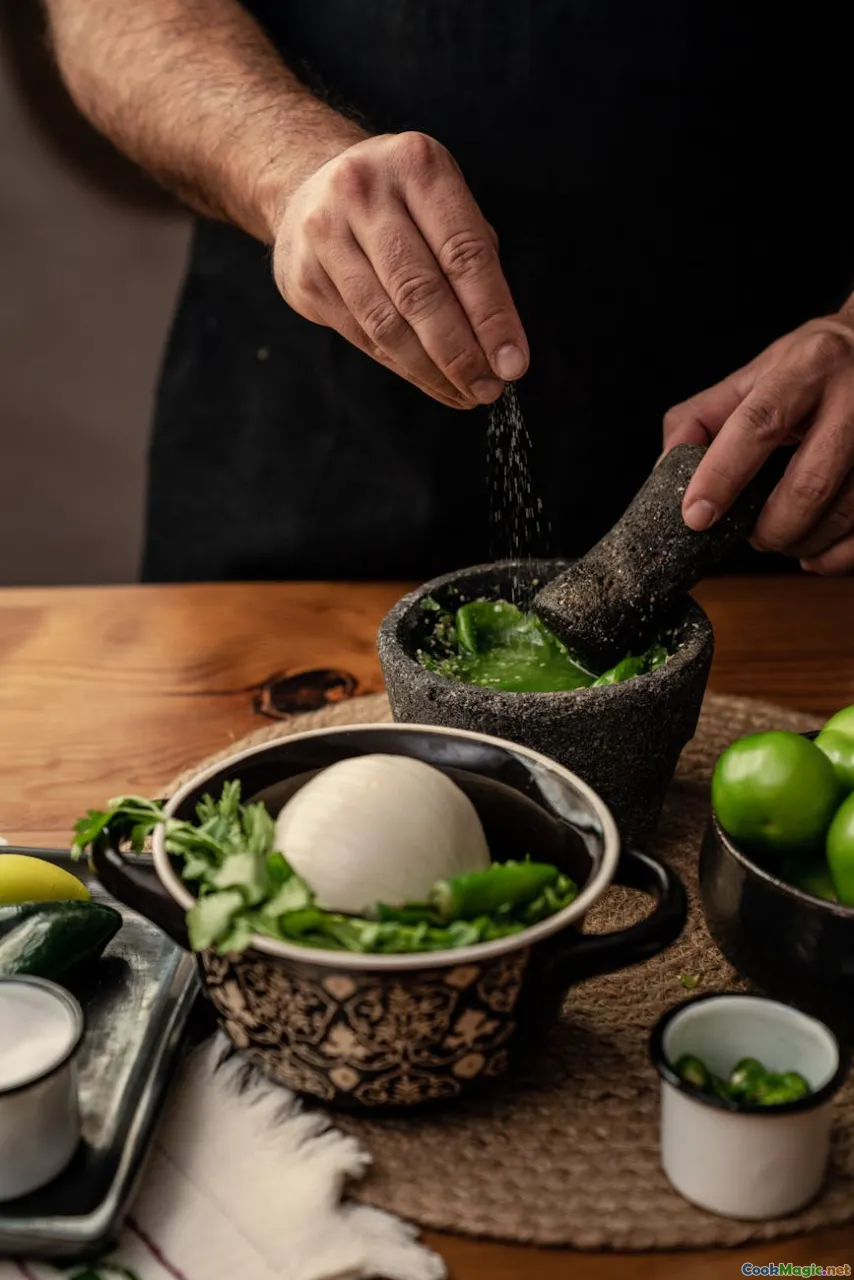
-
Lime zest: Microplane a whisper of zest into the sauce for brightness. The citrus is a quiet halo rather than a spotlight.
-
Toasted coconut: Scatter lightly toasted coconut flakes over the buns during the last 5 minutes of baking. They add texture and a toasted note that flirts with caramel.
-
Pinch of salt: A few grains of flaky sea salt on the glossy tops sharpen the sweetness and makes coconut taste more like itself.
-
Vanilla bean: Split and scrape a half bean into the sauce for perfume that’s softer than extract.
-
Caramel note: Stir a tablespoon of brown sugar into the sauce to nudge the flavor toward toffee.
-
Coconut in the dough: Replace part of the butter with coconut oil, or hydrate the dough with a mix of coconut milk and coconut water for layered coconut character.
Serving Rituals: To'ona'i, School Fetes, and Late-Night Tea

Panipopo shows up where people gather. On a Sunday to'ona'i, a pan sits near the edge of the table so everyone can reach it, beside platters of palusami, oka, and roast meats. Aunties spoon sauce over portions with generosity that admits no refusal.
At school fundraisers and church fetes, panipopo sells itself by aroma alone, a cloud of sweet steam hovering over foil pans. Teenagers buy a roll and eat it standing, sauce pooling in a napkin, faces lit up in the way that food lights a face.
And at night, long after the dishes are done, there’s the private ritual: making tea and sneaking a bun from the pan, microwaving it for 10 seconds, and eating it slowly over the sink. The coconut sauce clings to your fingers; you lick them unashamedly. A house with leftover panipopo is a blessed house.
Nutrition and Indulgence: Balancing Sweetness and Fat
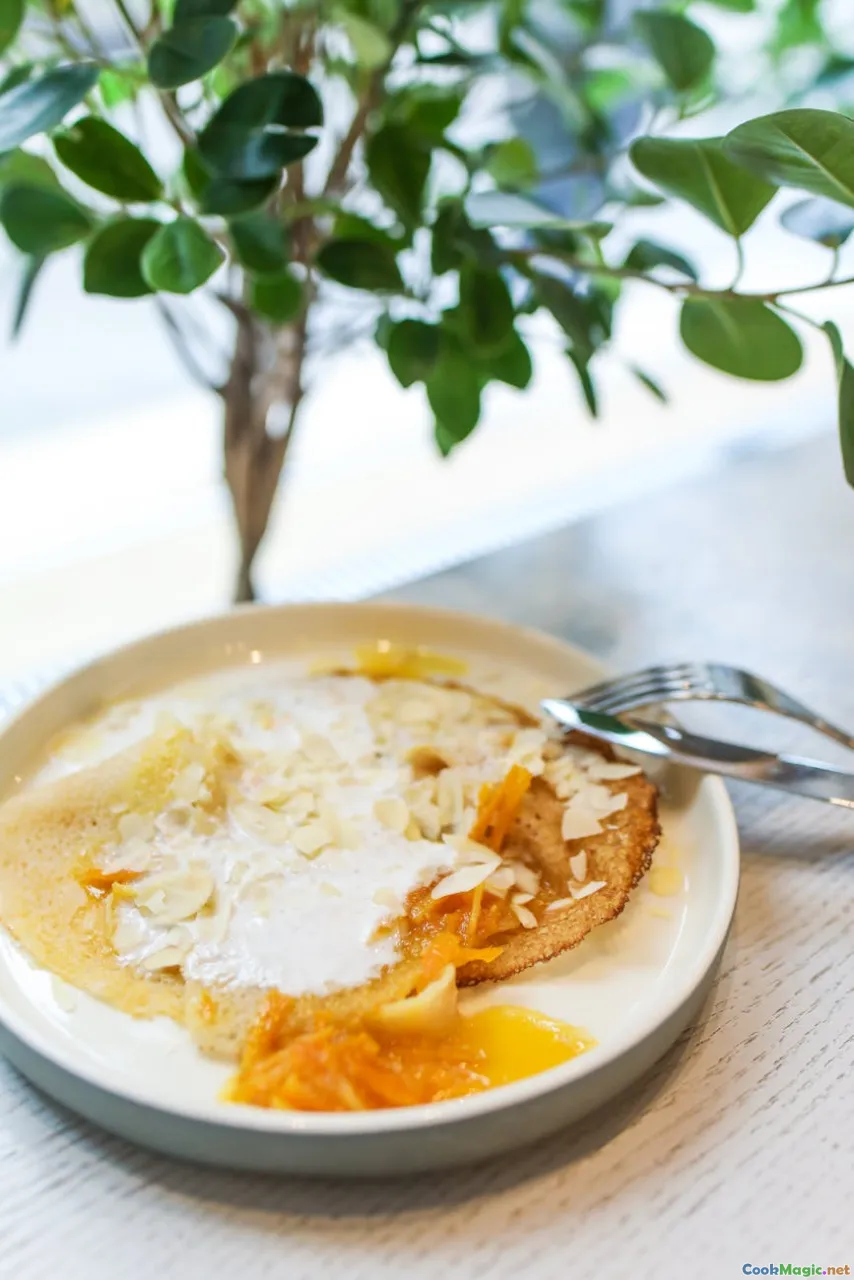
Coconut is rich. That’s part of its charm and its utility in island cuisines where energy-dense foods fuel physical work. If you want a lighter panipopo without sacrificing joy:
-
Use a 50/50 mix of full-fat and light coconut milk for the sauce. The flavor will soften but stay present.
-
Reduce sugar by 10–20%. Coconut’s inherent sweetness compensates.
-
Swap butter for refined coconut oil in the dough; it keeps coconut front and center and can trim a few dairy calories.
-
Serve smaller portions with fresh fruit—papaya or mango—to stretch the pleasure and add brightness.
That said, panipopo is a celebration food at heart. Make it well, eat it with intention, share it, and let the feast be its own measure.
Frequently Asked Questions Bakers Actually Ask
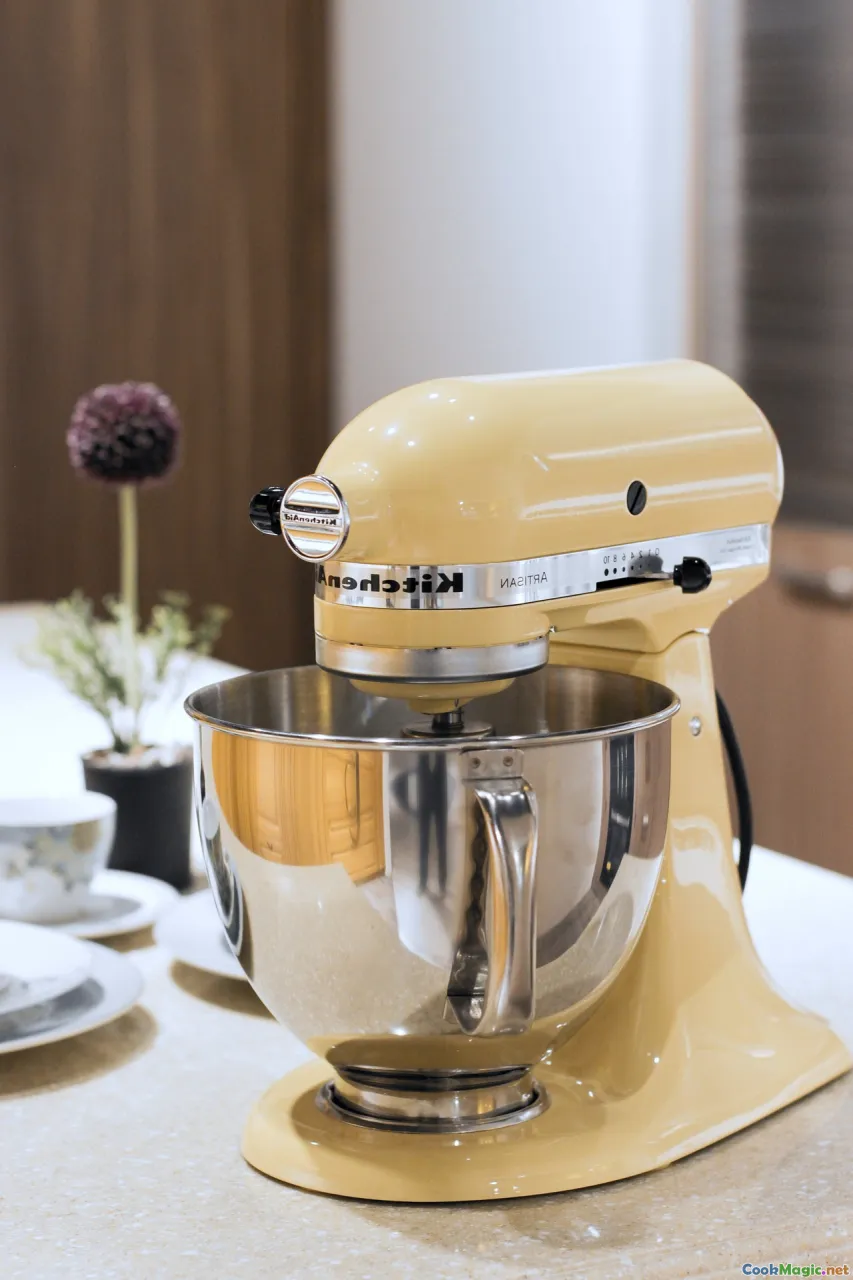
-
Can I make the dough ahead? Yes. After the first rise, shape the buns and arrange in the pan. Cover and refrigerate overnight. Bring to room temp, proof until puffy, then pour sauce and bake.
-
Active dry vs instant yeast? Both work. For active dry, dissolve it in a portion of the warm coconut milk with a pinch of sugar; let it foam 5–10 minutes before mixing in.
-
Gluten-free? Soft, enriched gluten-free buns are challenging but not impossible with blends containing psyllium or xanthan gum. The sauce is naturally gluten-free. Expect a different texture.
-
Can I use evaporated milk with coconut? Some families blend evaporated milk with coconut milk for a slightly caramelized dairy note. Try a 1:1 mix for a bakery-style flavor variation.
-
How to store leftovers? Refrigerate covered up to 3 days. Reheat gently; the sauce thickens when cold and loosens again when warm.
-
Can I freeze? Freeze baked buns (without sauce) and a separate container of sauce. Thaw, warm the buns, and reheat the sauce to pour over before serving.
A Cook’s Notebook: My Panipopo Timeline
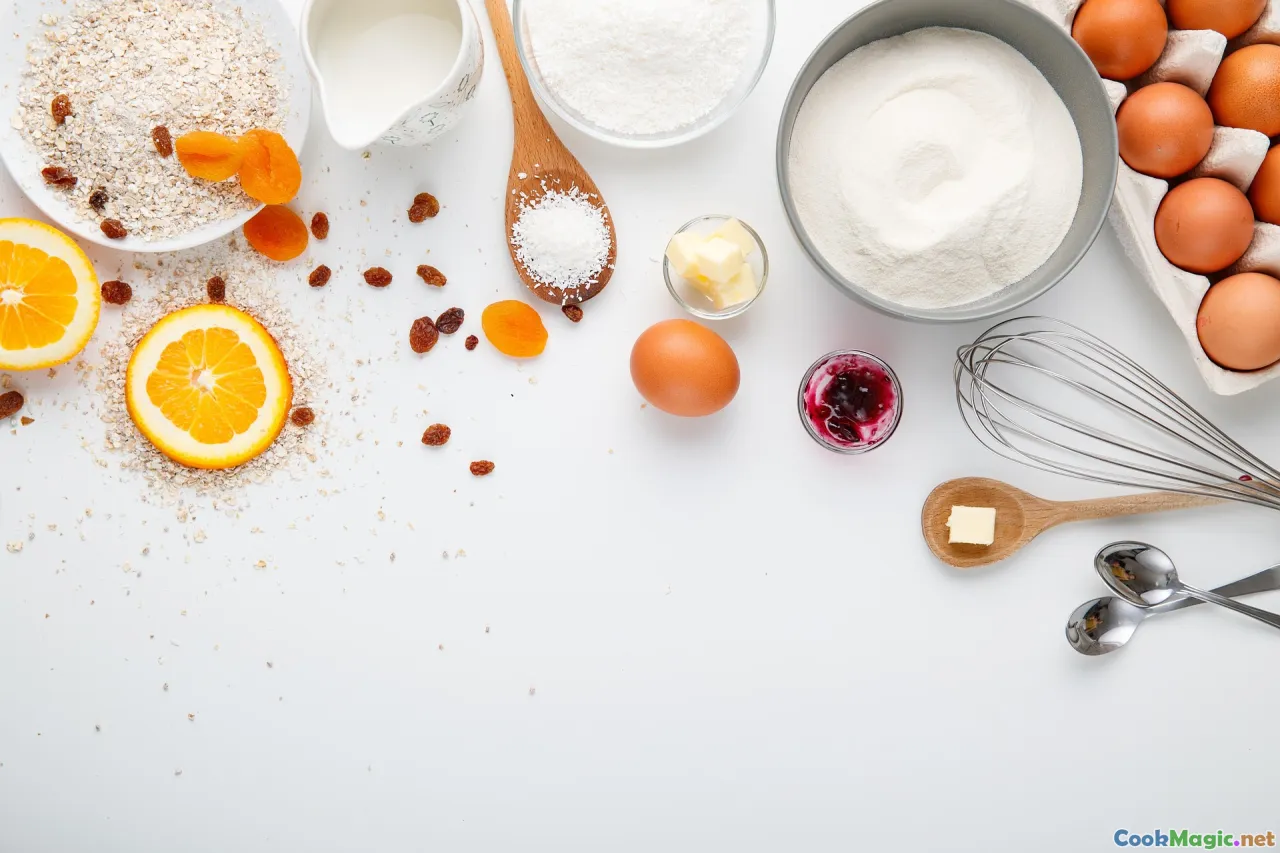
-
0:00 Mix dough, 10 minutes
-
0:10 Knead, 8–10 minutes
-
0:20 First rise, 70 minutes (room temp ~24°C/75°F)
-
1:30 Make sauce, 10 minutes (can be prepared earlier)
-
1:40 Shape buns, 15 minutes
-
1:55 Proof, 40 minutes
-
2:35 Preheat oven and pour sauce
-
2:40 Bake, 27 minutes
-
3:07 Rest and serve, 10 minutes
Note: If your home is cooler, extend rises by 15–30 minutes; in tropical heat, they may shorten by the same amount. Panipopo teaches you to watch dough, not clocks.
For the Curious: From Flour Sacks to Plantation Stories

Dig into archives and family histories, and you’ll find that the rise of coconut-sauced breads sits beside changing economic tides. Copra—the dried flesh of coconut—was a colonial export that tethered the islands to global markets. Ships that hauled copra also delivered sacks of wheat flour, sugar, and tinned goods that wove into daily diets.
Home ovens were less common historically; baking often happened in communal or improvised ways. Today’s rectangular pan of panipopo is a modern convenience, but the instinct behind it—soaking starch with coconut—echoes much older preparations: breadfruit cooked in coconut cream, taro mashed and folded into coconut sauces, bananas simmered with coconut in suā fa'i. Panipopo feels like part of that continuum, a domestic evolution that keeps the coconut at the center.
I’ve seen yellowed notebooks in aunties’ kitchens with panipopo recipes written between phone numbers and prayer notes. Measurements read like a poem: a can and a half of coconut milk, a handful of sugar, flour until the dough is soft like a cheek. These are as valid as any test kitchen formula. Standardization is useful; memory is culture.
Parting Thoughts and a Coconut-Scented Kitchen
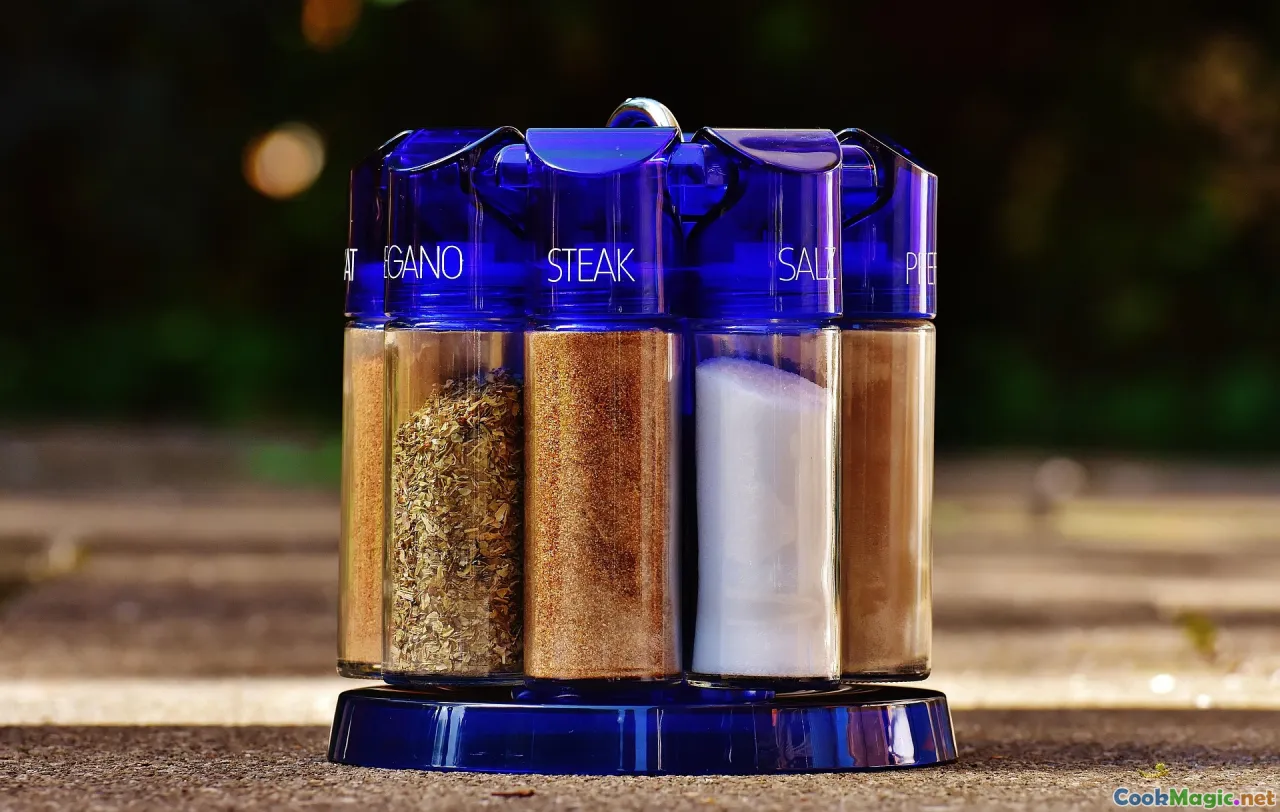
Panipopo will tell you who you are as a baker. Are you patient with proofing? Do you trust your senses? Can you resist poking the dough every ten minutes? It rewards touch and attention, and it invites community the moment it leaves the oven. Put a pan on the table and watch people lean in. Someone will spoon extra sauce over their second piece; someone will sneak a corner where the caramel builds; someone will ask for the recipe, expecting a secret. You can give them the method, of course, but the real secret is coconut and care—how you knead with intention, how you taste the sauce and add just a pinch more salt, how you let the buns rest so they can drink in what you’ve made.
When the pan is finally empty, there may be a streak of coconut glaze at the bottom, a gloss that catches light like morning on the water. That’s when you’ll know what panipopo does best. It fills a room with sweetness, leaves a memory behind, and makes tomorrow’s kitchen feel a little lonelier until you bake it again. And you will bake it again. Once your home smells like coconut and warm bread, there’s no going back.









